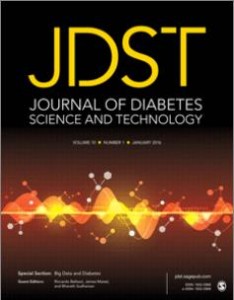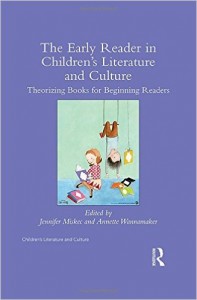A study conducted by Chris Bjornsen and two Psychology students, Megan Johnston and Molly Scoggin, entitled “All Things Must Pass Away Online: Bereavement on Social Media” was accepted for presentation at the XVth Biennial Conference of the European Association for Research on Adolescence, La Barrosa, Spain, September, 2016. The following is a summary of the study:
Adolescents and emerging adults are spending an increasing amount of time connecting, through their “digital appendages,” with others on social media sites (Bjornsen, 2015; Roberts, Yaya, & Manolis, 2014), including sharing the loss of a loved one. While some researchers have found that online bereavement may positively affect survivors’ mental health (Bell, Bailey, & Kennedy, 2015), others report that it may not affect mental health over time (van der Houwen, Stroebe, Schut, Stroebe, & van den Bout, 2010). We compared the manner in which emerging adults (18-25) and older adults responded to the online bereavement posts of others, as well as the experiences of posting one’s own bereavement on social media. Our sample consisted of 225 participants, recruited via Facebook, between 18 and 82 years of age (age M = 34.66, SD = 15.62; 86.7% female; 90% caucasian). Participants qualified if they had either read or responded to bereavement posts by others online, or had posted about their own loss of a loved one online. Ten items measured responses to others’ online bereavement posts (e.g., “I typically offer support for others’ bereavement by clicking “like”) and 7 items measured how participants reacted to others’ responses to their own bereavement posts (e.g., “The posts in reply to my bereavement posts had a positive effect on my grieving.”). We found a statistically significant difference between emerging adults (ages 18-25) and older adults’ responses to the bereavement posts of others (F (10, 210) = 10.93, p < .0005; Wilk’s Λ = 0.658, partial η2 = .34). Emerging adults were more likely to offer support for others’ bereavement posts by clicking “like” (F (1, 219) = 27.50; p < .0005; partial η2 = .11) and to offer advice to people who were grieving (F (1, 219) = 7.01; p < .01; partial η2 = .03). Emerging adults were less likely to post a reply to others’ bereavement posts (F (1, 219) = 16.65; p < .0005; partial η2 = .07) and to write a post to offer sympathy or condolences (F (1, 219) = 28.58; p < .0005; partial η2 = .12). There was also a statistically significant difference between emerging adults and older participants regarding responses to their own bereavement posts (F (7, 164) = 3.48, p < .005; Wilk’s Λ = 0.871, partial η2 = .13). Emerging adults were more likely to indicate they checked to see if others had “liked” their bereavement posts (F (1, 170) = 6.23; p < .05; partial η2 = .03), and were less likely to indicate that the posts received in reply to their own bereavment posts had a positive effect on their grieving (F (1, 170) = 3.88; p < .05; partial η2 = .02). Our results indicate that emerging adults are more likely to respond to others’ bereavement more briefly and by offering advice rather than sympathy, and are affected more by having their bereavement posts noticed than by what others share in response.
Filed under: Uncategorized | Leave a Comment »
 Bjoern Ludwar’s research poster entitled “Wavelet Based Analysis of Fingerprint Asymmetry to Assess the Risk of Type 2 Diabetes Mellitus” and co-authored by Longwood Biology student Mahelet Mamo, was selected for presentation at the 2016 annual meeting of the Association for Clinical and Translational Science (ACTS) in Washington, DC. The Association for Clinical and Translational Science provides an outstanding platform for enhancing education, research, and public policy related to clinical and translational science. Its members consist of leaders, investigators, and trainees from academic medical centers, government, industry, and philanthropy.
Bjoern Ludwar’s research poster entitled “Wavelet Based Analysis of Fingerprint Asymmetry to Assess the Risk of Type 2 Diabetes Mellitus” and co-authored by Longwood Biology student Mahelet Mamo, was selected for presentation at the 2016 annual meeting of the Association for Clinical and Translational Science (ACTS) in Washington, DC. The Association for Clinical and Translational Science provides an outstanding platform for enhancing education, research, and public policy related to clinical and translational science. Its members consist of leaders, investigators, and trainees from academic medical centers, government, industry, and philanthropy.




